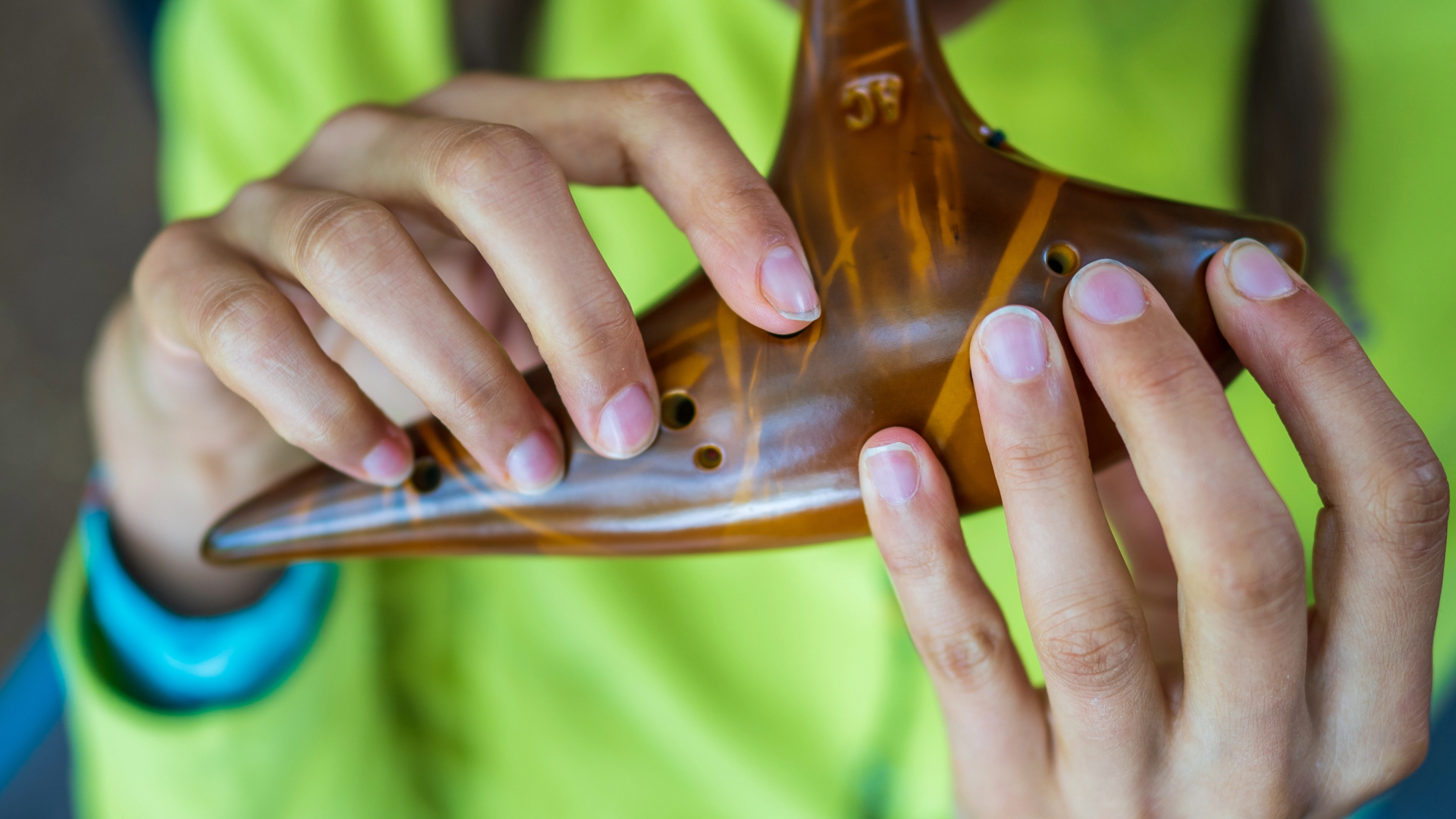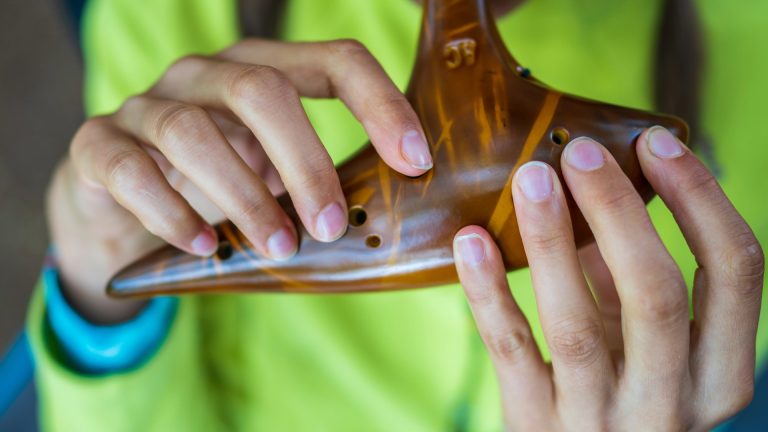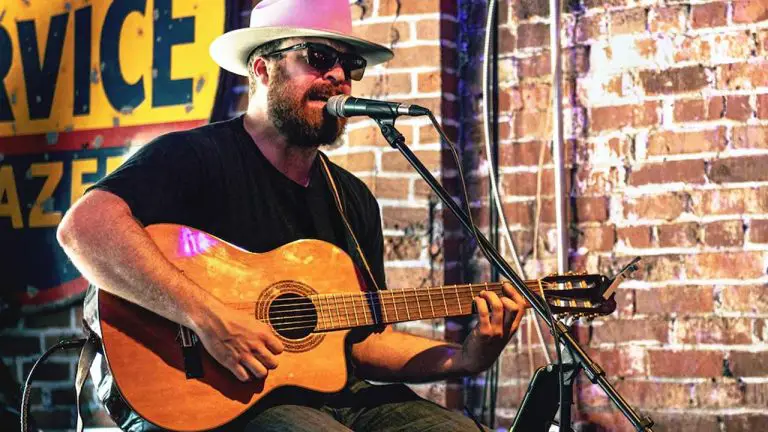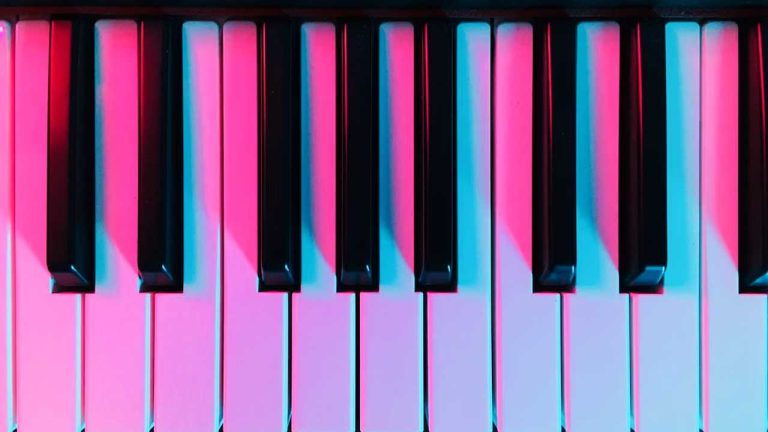How Long Does It Take to Learn the Ocarina? Quick Guide to Mastering This Instrument
Folkstrings.com is reader-supported. When you buy through links on our site, we may earn a small commission.
Learning to play the ocarina, a charming wind instrument known for its unique, ethereal sound, can be a delightful journey into the world of music.
Like any instrument, the time it takes to learn the ocarina varies greatly from person to person. This depends largely on factors such as prior musical experience, the amount of practice invested, and the quality of instruction.
Beginners might find themselves producing coherent notes relatively quickly due to the straightforward nature of the ocarina’s design.

Progressing from simple tunes to more complex pieces can take additional time. This is because it involves not only finger dexterity but also breath control and an understanding of musical notation.
Personal dedication to practice plays a critical role in advancing one’s skills.
The beauty of the ocarina lies in its accessibility. It’s an instrument that doesn’t demand extensive musical knowledge to start with, making it a viable option for enthusiasts of all ages.
Key Points
- The time to learn the ocarina varies by individual, but beginners can quickly learn to play simple tunes.
- Mastery of the ocarina involves developing finger technique, breath control, and music theory.
- Regular practice is essential for progressing and enhancing ocarina skills.
Ocarinas for Beginners – My 3 Top Picks
When I first ventured into the world of ocarinas, the variety of options was quite overwhelming. So, I’ve curated a list of my top three beginner-friendly ocarinas readily available on Amazon.com, to help you get started on your musical journey.
- Ohuhu 12-Hole Ocarina
- Key: C majorMaterial: CeramicFeatures: Sweet tone, comes with a songbook and protective bag
- Night by Noble Plastic Ocarina
- Key: Alto CMaterial: PlasticFeatures: Durable, moisture-resistant, and has a mellow sound
- AILI 6-Hole Mini Ocarina
- Key: Alto CMaterial: CeramicFeatures: Compact size, easy to learn finger placement
These picks provide an excellent starting point for anyone new to the ocarina. Their design, ease of use, and included accessories make for an enjoyable introduction to this unique instrument.
Understanding the Ocarina
Learning to play the ocarina – a unique wind instrument with an endearing sound – can be a delightful journey. I’ll guide you through the types and materials, basic playing techniques, and some of the historical context behind this instrument.
Types and Materials
The ocarina comes in various shapes and each type produces different pitches. Here’s a quick rundown of the common types based on sizes and pitches:
- Soprano: High pitch and smaller in size.
- Alto: Mid-range pitch and medium size.
- Tenor: Lower pitch and larger than the soprano and alto.
Ocarinas are often made from ceramic or plastic – the former gives a warm, resonant sound while the latter is more durable and cost-effective.
The number of finger holes varies, which affects the instrument’s range and complexity:
- Four-Hole: Simpler and good for beginners.
- Six-Hole: Provides more note variety.
- 12-Hole Ocarina: Offers a wide range of notes.
Basic Playing Techniques
To properly play the ocarina, you need to master a few techniques:
Holding an Ocarina: Grip the ocarina firmly with both hands and make sure you can easily cover the finger holes with your fingertips.
Breathing and Breath Control: Steady and controlled breathing is essential for consistent pitch and tone.
Fingerings: The combination of covered holes determines the pitch of the note. Memorizing proper fingerings is vital.
Rhythm: Just like with any musical instrument, maintaining a steady rhythm is crucial for playing songs correctly.
Historical Context
The ocarina has a rich history spanning multiple cultures. It was originally used by ancient civilizations like the Mayans and Aztecs. An Italian named Giuseppe Donati popularized the modern version in the 19th century.
For many of us, “The Legend of Zelda: Ocarina of Time” was a cultural touchstone, dramatically increasing the instrument’s visibility and interest among new generations across the world.
The ocarina isn’t just a relic of the past; its soothing sounds continue to inspire musicians globally, bridging historical context with contemporary creativity.
Learning to Play the Ocarina
When I picked up the ocarina, my journey to making music began with understanding the basics of reading music and mastering finger positioning. It then progressed to practicing various scales and familiar tunes. Finally, developing overall musicality became a focus, laying the foundation for a rewarding musical experience.
Reading Music and Finger Charts
At first, I had to get comfortable with musical notations and ocarina tabs. Sheet music shows the melody and rhythm a song follows, while ocarina tabs provide a visual representation of which holes to cover on the instrument. For someone completely new to music, fingering charts were critical. These charts helped me translate notes from sheet music into specific finger positions on my ocarina.
Practicing Scales and Songs
Practicing regularly was key to my progress. I started with simple scales, like the C major scale, to build my understanding of pitch and to develop muscle memory for finger movements.
Mary Had a Little Lamb was one of the first songs I learned because of its simplicity and it helped my ear training.
I used a metronome to keep a consistent rhythm and often recorded myself to identify areas of improvement, particularly with intonation and maintaining the melody.
Developing Musical Skills
Over time, transitioning from the conscious mind to the subconscious mind in music making was crucial. This involved not just playing correctly, but playing with feeling.
I focused on the nuances of rhythms and learned to adjust my breath to enhance the melody.
The development of these skills took place through consistent practice, listening to skilled players, and challenging myself to more complex pieces as my confidence and capabilities expanded.
Advancing Your Skills
As I’ve progressed on my ocarina journey, I’ve found that focusing on specific techniques and sharing my music has been pivotal in sharpening my craft.
Mastering Techniques
To elevate my skill level, I’ve dedicated substantial time to refining my fingerings and breath control to ensure accurate tuning and intonation.
On my journey from recorder to ocarina, I realized that the nuanced differences in musical notations can greatly influence the dynamics and phrasing of a piece.
- Fingerings: I practiced daily, starting with the basics and gradually incorporating more complex sequences to improve my dexterity.
- Rhythm & Articulations: I used a metronome to keep the rhythm consistent and experimented with different articulations to add texture to my playing.
- Dynamics & Phrasing: I learned to control my breath to play more expressively, using crescendos and diminuendos for dynamic variation. Phrasing became a matter of listening and feeling the natural flow of the melody.
Performance and Sharing
Performing as a solo endeavour brings its own set of challenges and rewards.
To build confidence, I started by recording my sessions to assess areas of improvement like chordal structure and articulation accuracy.
- Open Mics: Finding local open mic nights was a fun way to connect with other musicians and share my love for the ocarina.
- Recording: Recording has been a useful tool for self-evaluation. I focus on the clarity of my notes, rhythm, and the overall expression of the piece.
Sharing my experiences and performances has been an invaluable part of my growth as a musician. I’ve noticed that through performance, my understanding of the music and the instrument deepens, and each opportunity to share is a chance to learn something new.
Accessories and Care
When I first began learning the ocarina, I quickly discovered that having the right accessories and knowing how to maintain my instrument were crucial for both the sound quality and longevity of the ocarina.
Finding the Right Accessories
When choosing accessories for my ocarina, I look for items that enhance my playing experience or protect my instrument. For ocarinas, the accessories will differ slightly, depending on whether they’re made of ceramic, porcelain, or plastic.
Here’s a simple table of accessories I consider essential:
| Accessory | Description | Material Considerations |
|---|---|---|
| Carrying Case | Protects the ocarina during transportation. | Softer interior for ceramic and porcelain. |
| Neck Strap | Keeps the ocarina close and prevents drops. | – |
| Music Stand | Helps when practicing to have my music at eye level. | – |
| Instruction Book | For learning finger patterns and songs. | – |
I’ve found music stores and online retailers to be great places for finding accessories tailored to my ocarina’s needs, whether it’s plastic, wooden, or ceramic. It’s also worth noting that the right case or bag can shield my instrument from the elements, which is especially important for wooden ocarinas that are prone to warping.
Maintenance of Your Instrument
Maintaining my ocarina is just as important as playing it. For wooden and porcelain ocarinas, I use a soft dry cloth to wipe away fingerprints and moisture, avoiding the finger holes to prevent clogging.
Wooden ocarinas, in particular, may require periodic oiling to prevent cracking.
Here’s a checklist I follow:
- Daily
- Wipe off fingerprints and moisture.
- Check for any new chips or cracks.
- Weekly
- Inspect finger holes for blockage.
- Make sure no pads are sticking, if applicable.
- Monthly
- Deep clean with a gentle, damp cloth (especially for plastic ocarinas).
- Test all notes from middle C up to ensure a clear sound.
If my ocarina starts to sound odd or if it’s harder to hit notes, I make sure to do a thorough cleaning. For deeper cleans, I sometimes use a tiny amount of mild soap but always make sure it’s fully rinsed and dried before playing again.
For more detailed care, I sometimes contact the manufacturer for advice or seek out experienced players who can provide tips tailored to my specific ocarina.
Frequently Asked Questions

In my experience teaching and playing the ocarina, I’ve noticed a few questions come up regularly. I’ll address these key points to help beginners get a better grasp on what it takes to learn this enchanting instrument.
What are some tips for beginners learning to play the ocarina?
Starting with a simple 12-hole ocarina can make the learning process smoother. I also recommend learning how to read sheet music, as it’s a valuable skill that’ll help you play a wider variety of songs.
How often should beginners practice the ocarina for optimal progress?
I find that practicing for at least 20 minutes a day can lead to steady improvement. Consistency is crucial, so try to make it a daily habit.
Can you compare the difficulty of learning the ocarina with other instruments like the recorder?
The ocarina is similar to the recorder in terms of fingering and blowing techniques, but I’ve found it to be easier because of its intuitive design and fewer holes, making it a bit more straightforward for beginners.
What are the best ocarinas for beginners to start with?
I recommend plastic ocarinas for starters; they are affordable and durable. Once you’ve got the hang of it, you can move on to a ceramic one, which generally has better sound quality.
Does the type of ocarina I choose affect how quickly I can learn to play?
Absolutely, the type of ocarina can influence learning speed. A well-tuned ocarina with a comfortable size for your hands makes it easier to learn finger placement and breath control.
Are there particular techniques or exercises that can expedite the ocarina learning process?
Long tone exercises help with breath control. Practicing scales can improve fingering dexterity. They’re simple but effective for speeding up your learning curve.
Author Profile
-
Daniel Johnstone is an English writer with a love for stringed instruments from around the world.
He shares his love for these instruments through his writing for folkstrings.com, a website dedicated to all things related to folk string music.
Daniel's passion for music started at a young age, and he has since become an accomplished musician, playing guitar, cavaco, and recently, the harp.
His dedication to learning and sharing his knowledge of stringed instruments is evident in his insightful and engaging blog posts. Whether you're a seasoned musician or a beginner, Daniel's writing is sure to inspire and entertain you.
When he's not playing music or writing, you can find Daniel exploring new instruments and seeking out new sounds to share with his readers.
Latest entries
 AutoharpApril 3, 2024How to Play the Autoharp for Beginners: Top Tips for Getting Started
AutoharpApril 3, 2024How to Play the Autoharp for Beginners: Top Tips for Getting Started AutoharpApril 3, 2024Autoharp vs Harpsichord: Comparing Stringed Classics
AutoharpApril 3, 2024Autoharp vs Harpsichord: Comparing Stringed Classics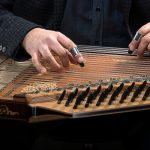 AutoharpApril 3, 2024Autoharp vs Zither: Comparing Stringed Instruments
AutoharpApril 3, 2024Autoharp vs Zither: Comparing Stringed Instruments OcarinaApril 1, 2024Why Does My Ocarina Sound Bad? Tips for Improved Tone Quality
OcarinaApril 1, 2024Why Does My Ocarina Sound Bad? Tips for Improved Tone Quality
Affiliates:
This post may contain affiliate links that at no additional cost to you, the site may earn a small commission. We only recommend products we would use ourselves and all opinions expressed on this site are our own.
Accuracy Advice:
While we strive to provide up-to-date and accurate information, the content in this article may not reflect the most current research or medical guidelines. We encourage readers to do further research and consult with professionals for more personalized advice.
Our Recommendations:
The products and services mentioned in any of our articles are recommended based on our independent research and personal experience. We are not sponsored by any company. We aim to suggest products and services we believe are of high quality and could be beneficial to our readers.

